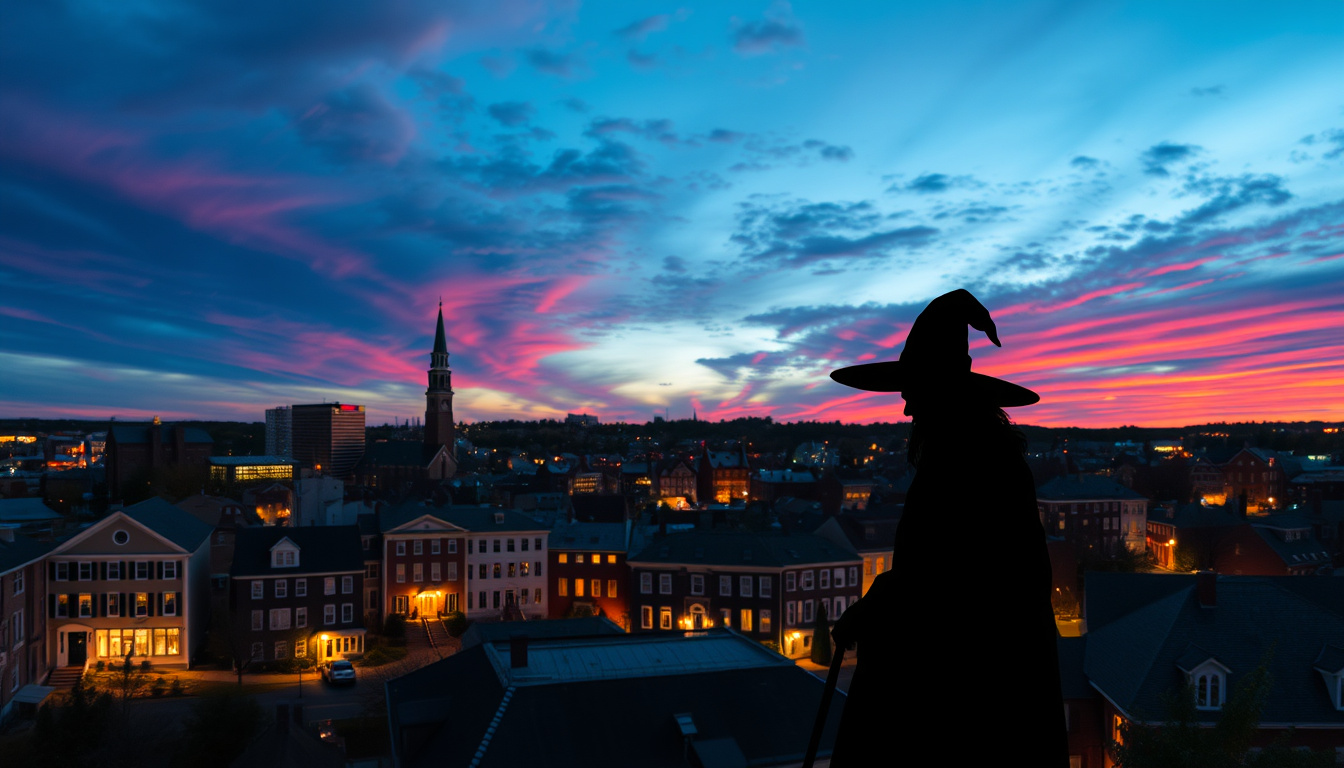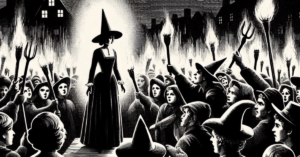The Salem Witch Trials hold a notorious spot in American history, marking a time marked by hysteria and injustice. Back in the late 17th century, the town of Salem, Massachusetts, was gripped by fear as accusations of witchcraft spread. Those days saw the loss of innocent lives, all against a backdrop of deep-seated superstition and mistrust.
The creation of the Salem Witch Trials Memorial wasn’t just about creating a historical monument; it was a step towards acknowledging past wrongs and honoring those who were wrongly accused. The need for this memorial sparked debates—how should society remember its dark past? Is it about remembering the accused as victims, or is it about confronting past mistakes to ensure they aren’t repeated?
The memorial’s design is more than stone and path; it’s a thoughtful application of symbolism that invites reflection. Designed by architect James Cutler and sculptor Maggie Smith, the memorial opened in 1992. It’s set up to tell a story, with a series of inscribed granite benches that represent each of the 20 individuals who were executed. The space between the benches and the surrounding stone wall represents the divide between tragedy and understanding, inviting visitors to contemplate both sorrow and reconciliation.
Gazing into the Past: Stories of the Innocent
The Salem Witch Trials weren’t just a list of names; they were stories of real people caught in a wave of panic and ignorance. Uncovering personal stories from the trials helps paint a fuller picture of those dark times. Elizabeth Howe, George Burroughs, and Rebecca Nurse, among others, became tragic symbols of a community gripped by fear.
The trials happened in a time when the socio-political climate was ripe for suspicion. The Puritanical rigor of late 17th century New England set a stage where non-conformity often led to accusation. These trials reflected not just fear of the supernatural, but a clash within society’s structure itself. By examining these narratives, we learn more about how these breakdowns in justice happened.
Bringing humanity to historical narratives is crucial. Recognizing that those accused were mothers, fathers, and individuals with dreams and struggles reminds us there’s more than what’s written in history books. This makes the experience more reflective for visitors, allowing them to feel a more profound connection to those remembered at the memorial.
Visiting the Memorial: A Reflection on Experience
Planning a visit to the Salem Witch Trials Memorial can be a profound journey into history. Upon arrival, the serene atmosphere invites contemplation, offering a space to pause and remember the lives unjustly lost during those tragic events. It’s a place where history intersects with personal reflection.
Expect to spend some time with the stories carved into stone. Walking through the landscape, you can immerse yourself in the tragedy and empathy that linger. Each engraved bench tells a story, urging visitors to reflect not just on history, but on the present-day implications of societal fear and prejudice.
The memorial isn’t just a passive experience. You’ll find educational displays and interactive resources that provide deeper insights into the trials’ context and consequences. Engaging with these elements can enhance your understanding and connection with the past.
Remember, visiting such a site is an opportunity to learn and absorb without distraction. It’s worth taking a moment to sit, reflect, and let the weight of history resonate. By visiting, you’re paying homage and acknowledging the lessons it provides for today’s world.
The Memorial’s Message: Lessons for Modern Society
The Salem Witch Trials Memorial stands not only as a tribute to the past but as a powerful reminder for today’s society. These tragic events highlight the dangers of mass hysteria and the repercussions when fear overshadows reason. Even centuries later, these themes hold relevance in a world where misinformation can spread faster than fact.
Understanding the social and cultural impacts of the trials helps prevent similar injustices from occurring. By reflecting on how a community was driven to such extremes, we can appreciate the importance of due process and the preservation of individual rights.
The memorial encourages dialogue among visitors, sparking discussions about justice, fear, and forgiveness. Engaging with history through this lens fosters an environment where societal mistakes lead to growth and change. Each visitor has the opportunity to take away lessons that can be applied to prevent the repetition of similar errors in various aspects of life today.
Ultimately, the Salem Witch Trials Memorial serves as a catalyst for important conversations. By acknowledging these somber lessons, society can work towards a future that values understanding and sees diversity not as a threat but as a strength.


